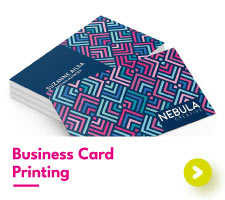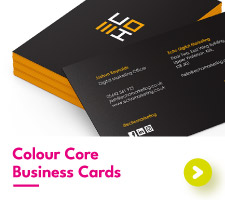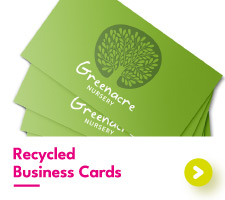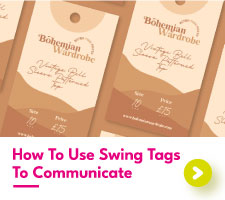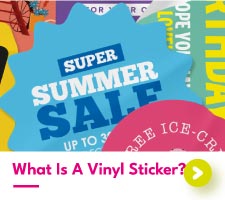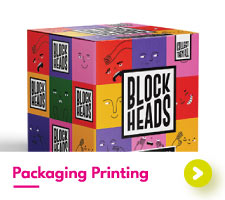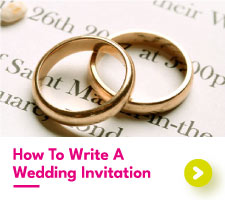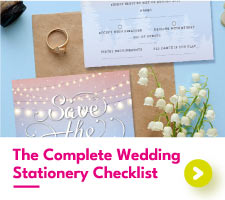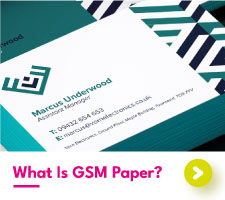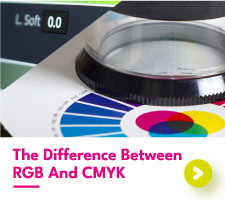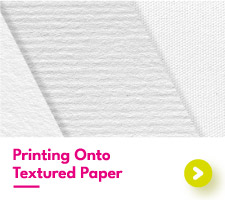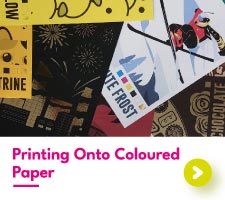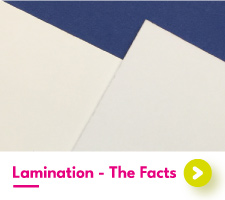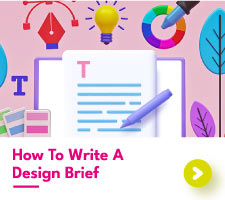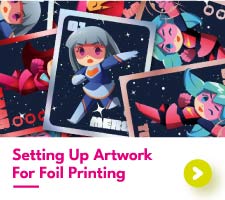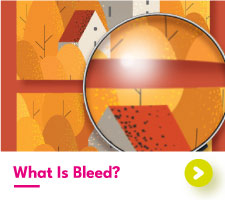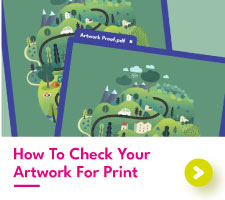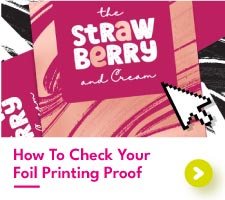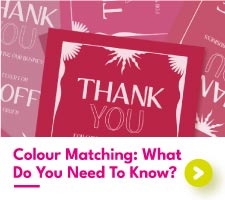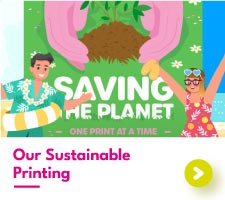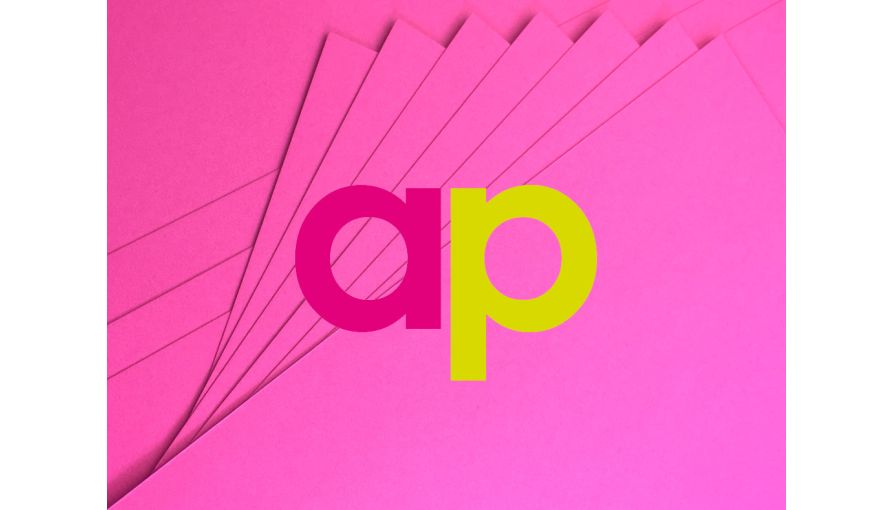Bound brochure and folded leaflet printing
Once we get beyond a simple unfolded leaflet, the terminology in print can get a little confusing. Assuming that you know the difference between A5, A4 & A3 though, it's not too hard to work out what's what. The confusion often lies in how the pages are counted, and the overall size of the item once made. Let's start with simpler folded leaflets first before moving onto bound brochure type documents.
Folded leaflets
A plain leaflet has 2 sides - a front and a back. In print terms, this means it has 2 pages.
When you fold any plain leaflet in half it then has 4 pages - a front, a back, and 2 inners.
Any leaflet with 2 folds becomes a 6 page (it has 6 'panels' formed by the creases, like a takeaway menu).
A single leaflet can have many folds, so can be an 8, 10 or 12 page, based around the number of creases that the paper has.
Of course, there are many different sizes of paper, and many different places where the creases could go, so how do you know what to ask for? If you wanted a takeaway menu you might be tempted to ask for an A4 double sided with 2 creases, but in the world of print this is not how it works. In print, we start with the size of an individual panel, which in this case is called DL - like an envelope (99mm a 210mm). Then we state how many of these panels are needed - in this case 6. So we have a 6 page DL.
Using this same terminology, and A4 sheet folded in half becomes an A5 4-page, and so on. The difference between asking for an A4 with one crease and an A5 4pp is that the first option will come flat (you have asked for a crease but NOT a fold) whereas the second option will come ready folded.
The next thing to consider is how you want the document to be folded if it has more than one crease in it. Each fold can be made towards you or away from you so there are many options. Most common leaflets have only 2 creases maximum though, so the choice is usually between a Gate Fold (the right-hand inner page folds into the middle first, and then the left-hand inner page folds over the top of it) and a zig zag fold, which forms a letter 'Z'.
So if I ordered a 6 page DL roll fold, you'll now know what I'd end up getting!
Bound brochures
The page situation is actually much simpler with bound brochures or magazines but people do try and confuse matters. If you were reading a book and someone asked you how many pages it had, what would you tell them? You'd just read them the last page number that's printed in the book! With print though, people become obsessed by the number of pieces of paper that are folded to make the magazine, but this is actually irrelevant. let's look at the different types of binding.
Stitched or stapled
These magazines are made by folding a stack of pages in half and then adding 2 or more staples along the new spine. If we take 2 sheets of A4 and fold them halfway along the long edge you would end up with an A5 size magazine with 8 panels - an A5 8pp. Each extra piece of paper that we add to the magazine adds another 4 pages once it is folded. Magazines of this type must have a page count that is a multiple of 4 - you cannot have 10 pages. The maximum page count is limited by the thickness of the overall document (paper weight and page count affect this) with 60 pages being the usual maximum.
Wiro or spiral bound
These familiar items have the pages fastened together by a plastic or wire spiral along the left-hand spine. The printed pages are punched with a special machine before the binding spiral is added. Each page in a single sheet - there is no folding or creasing with this type of document, so the total page count must be an even number.
Wiro bound documents are usually specified by the total number of separate sheets that are incorporated into the finished document, and whether they are single or double-sided. A separate cover can be added, as can a backboard for stability. The total page count can be very high with this type of binding, as really large spirals are used for bigger documents.
Perfect bound
This is the type of binding that is used on glossy magazines. Heat and glue are used to form a spine, holding the pages in place. These type of documents can have a lot of pages, but there IS a minimum number of around 40, because a minimum total thickness is required to form the spine.
The pages in these documents are counted just like with Stitched brochures - like you would count the number of pages in a book that you were reading, if someone asked you how many pages it had.

 USA
USA FR
FR
